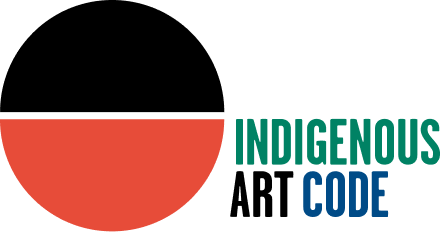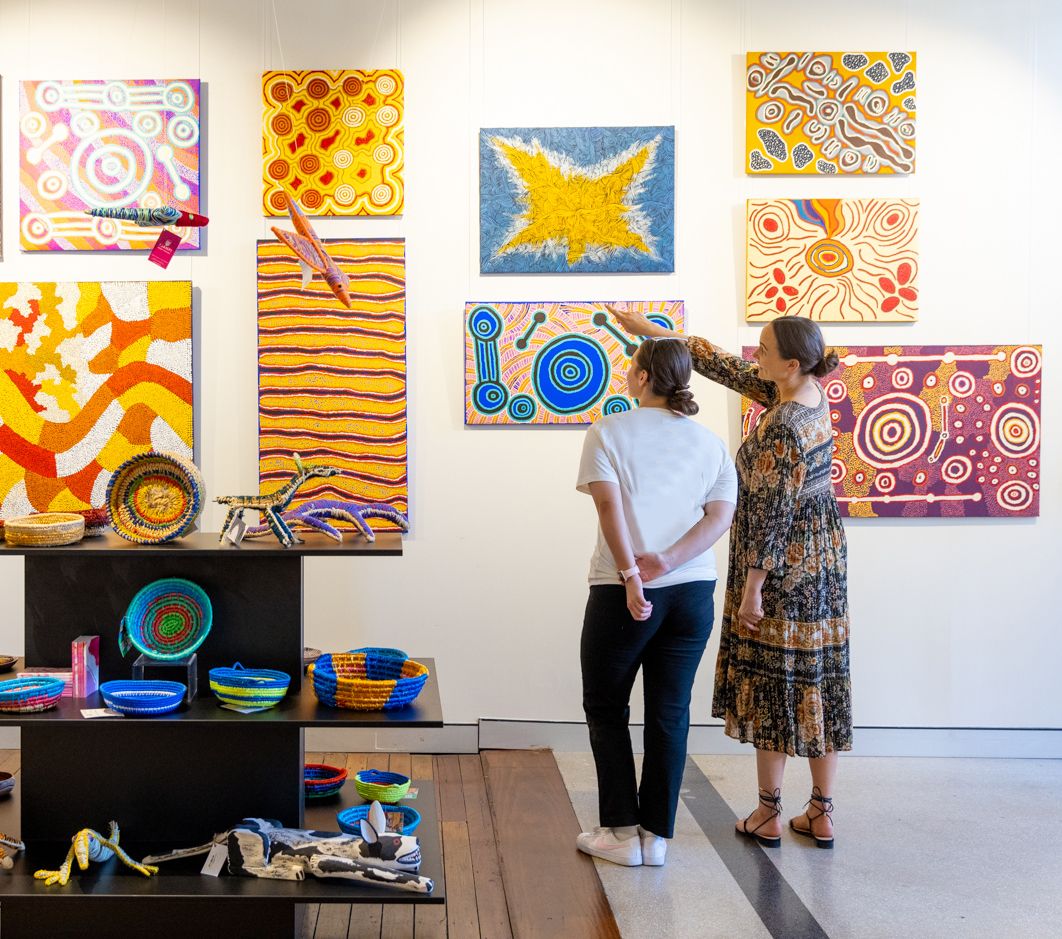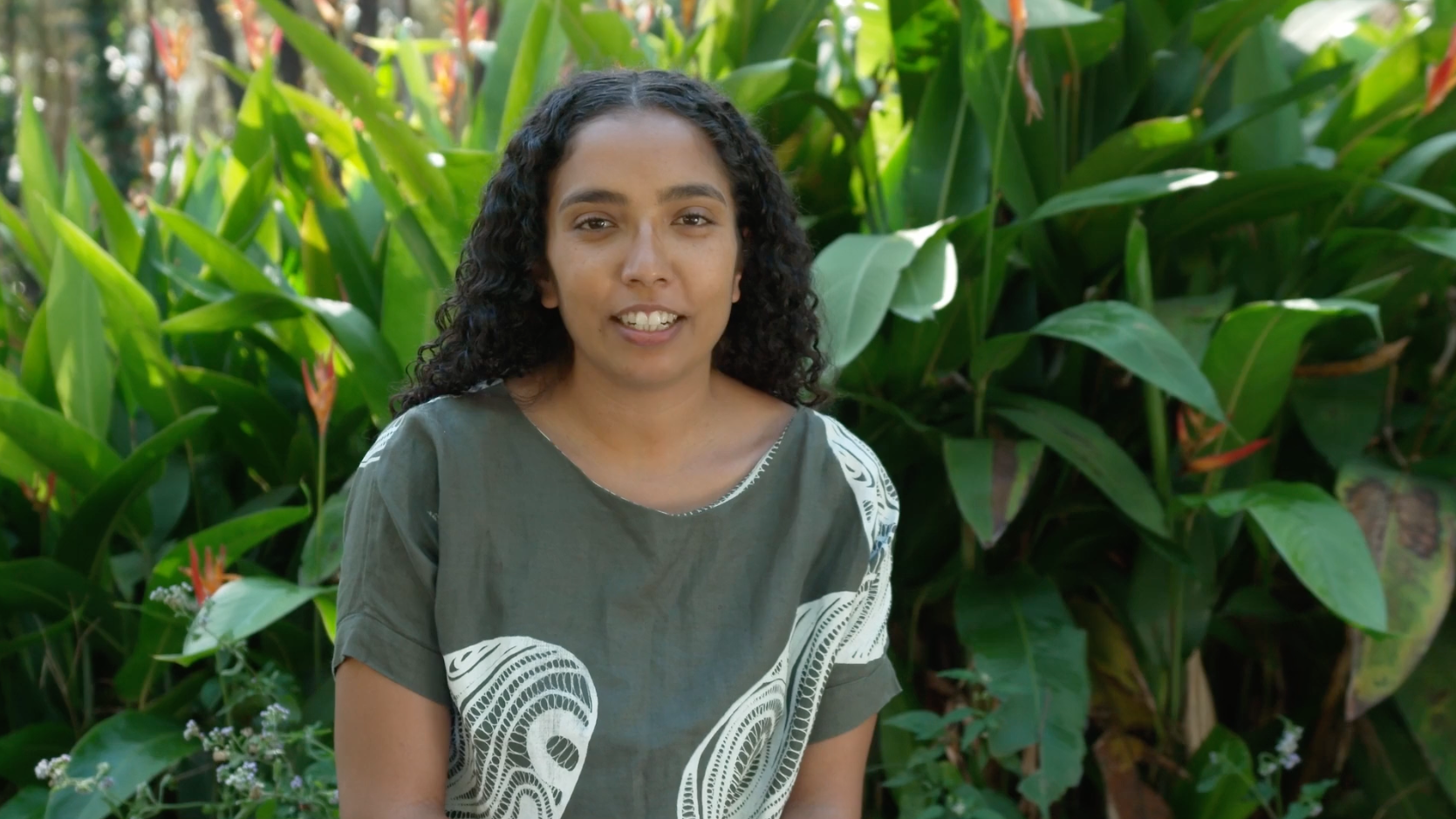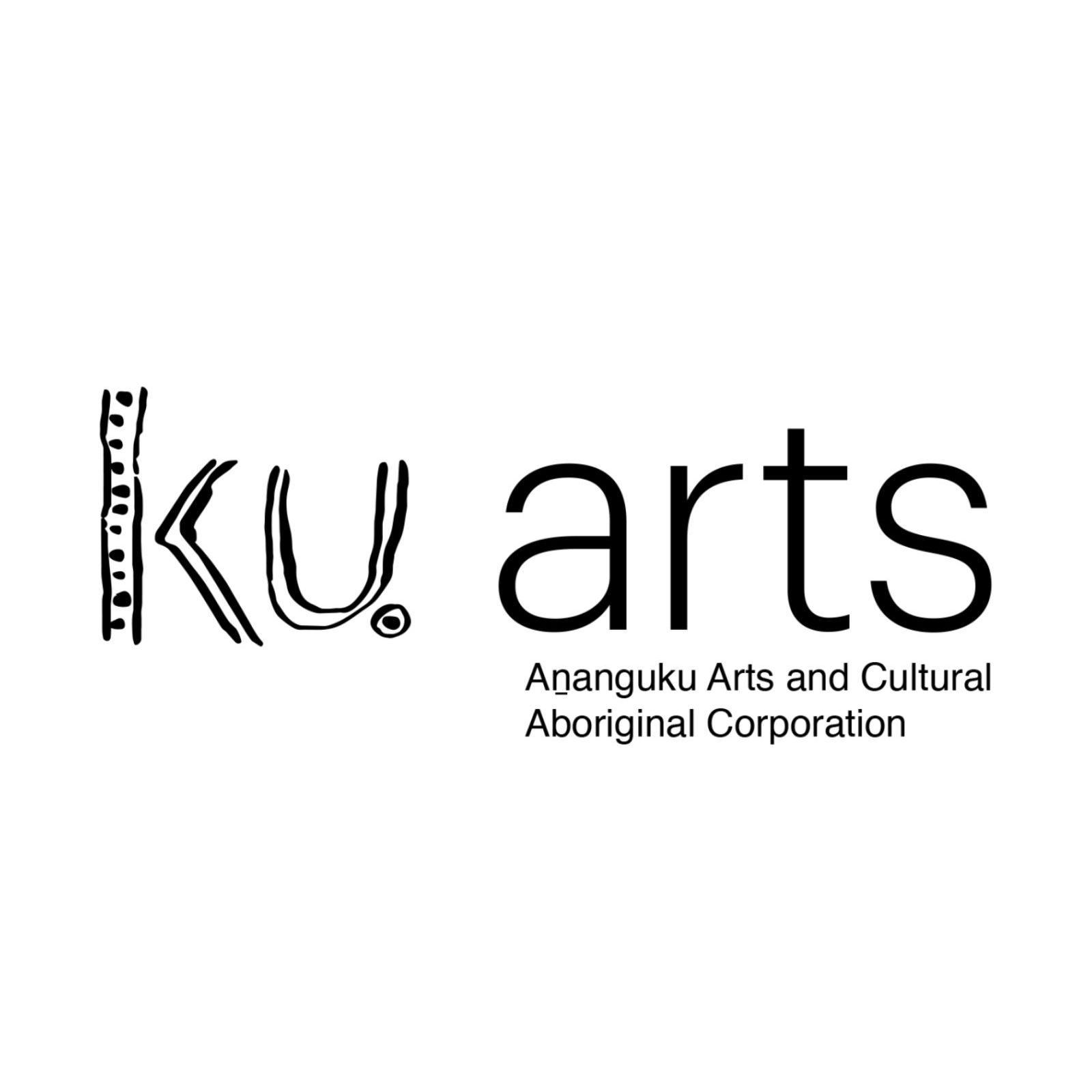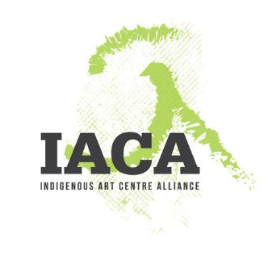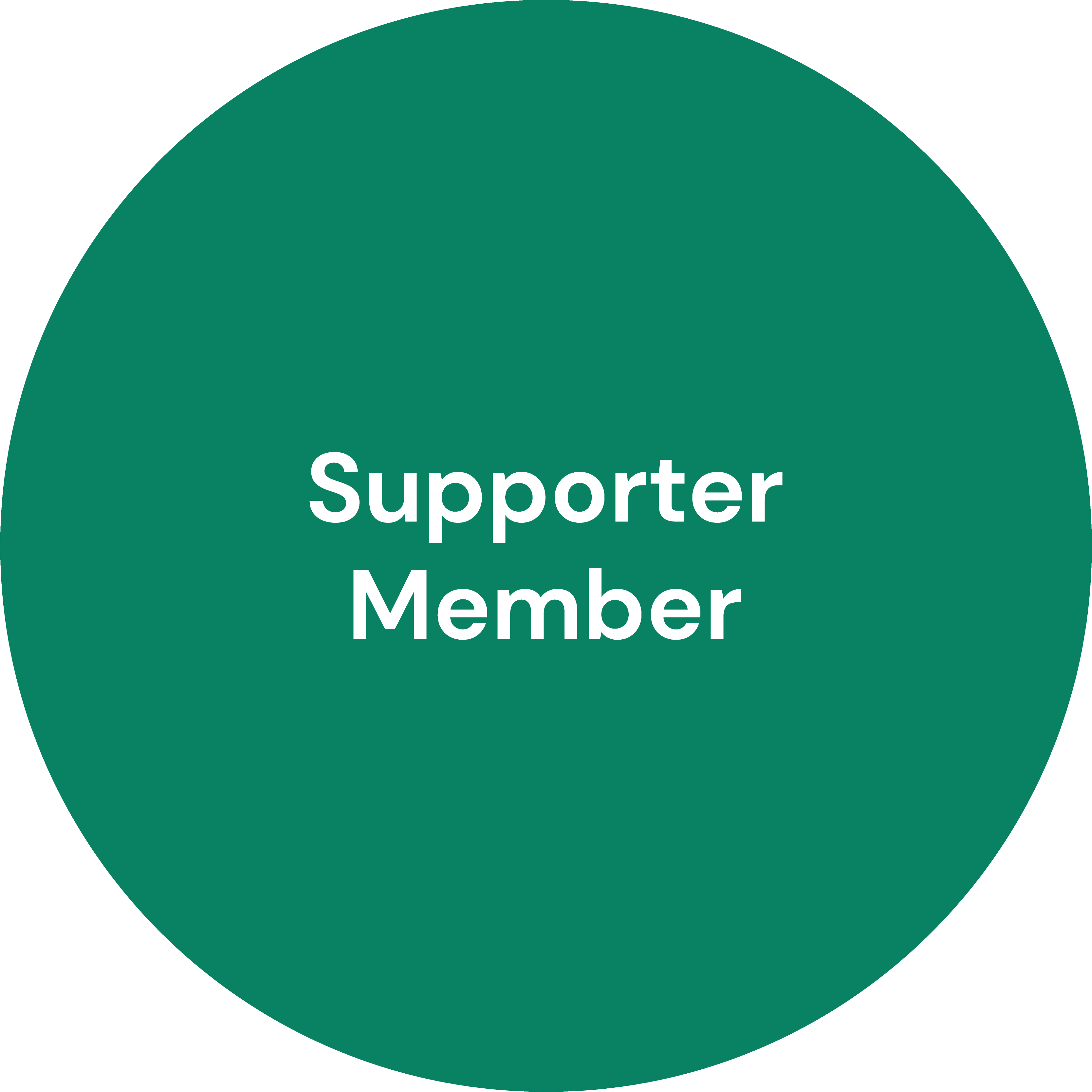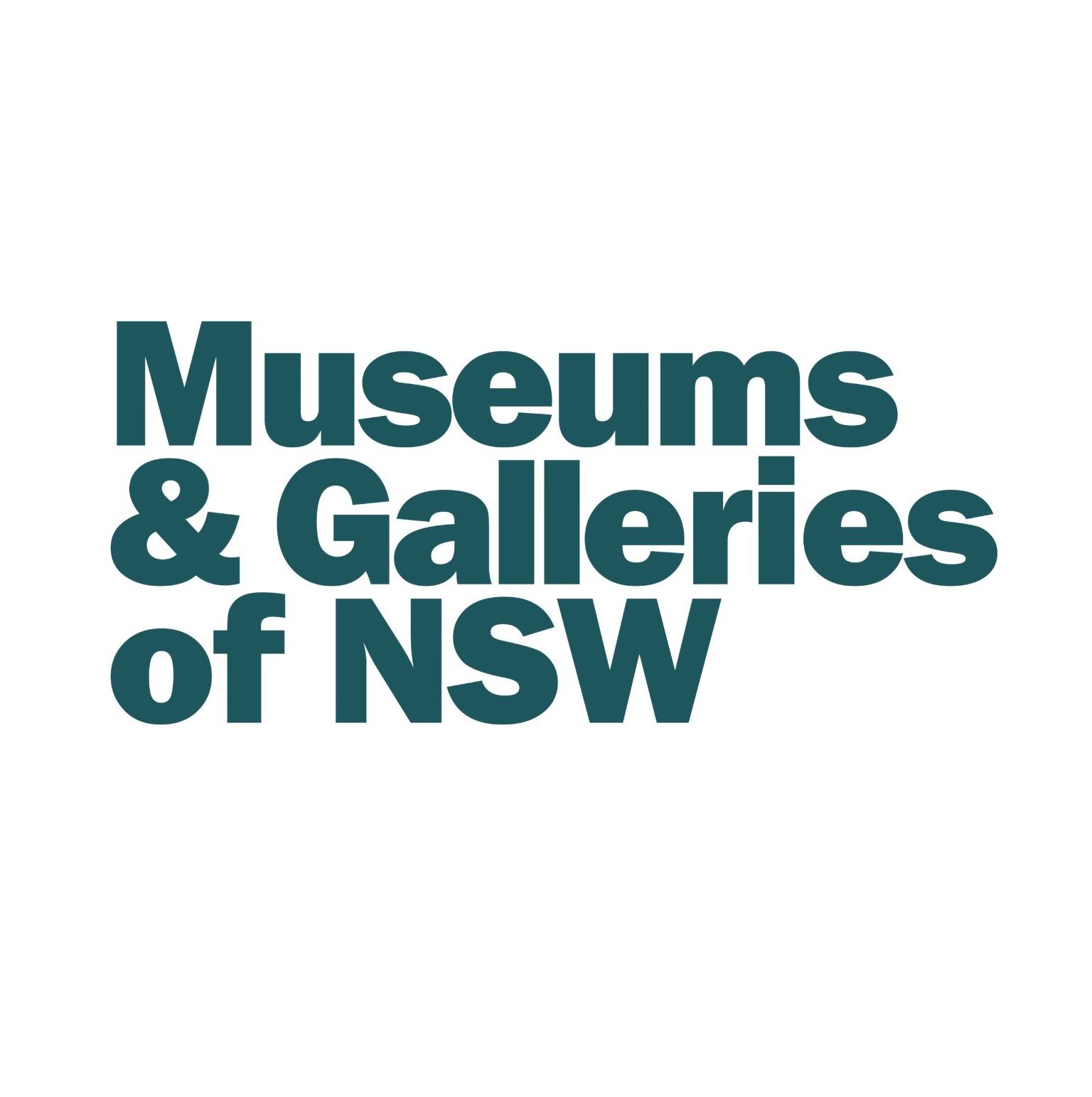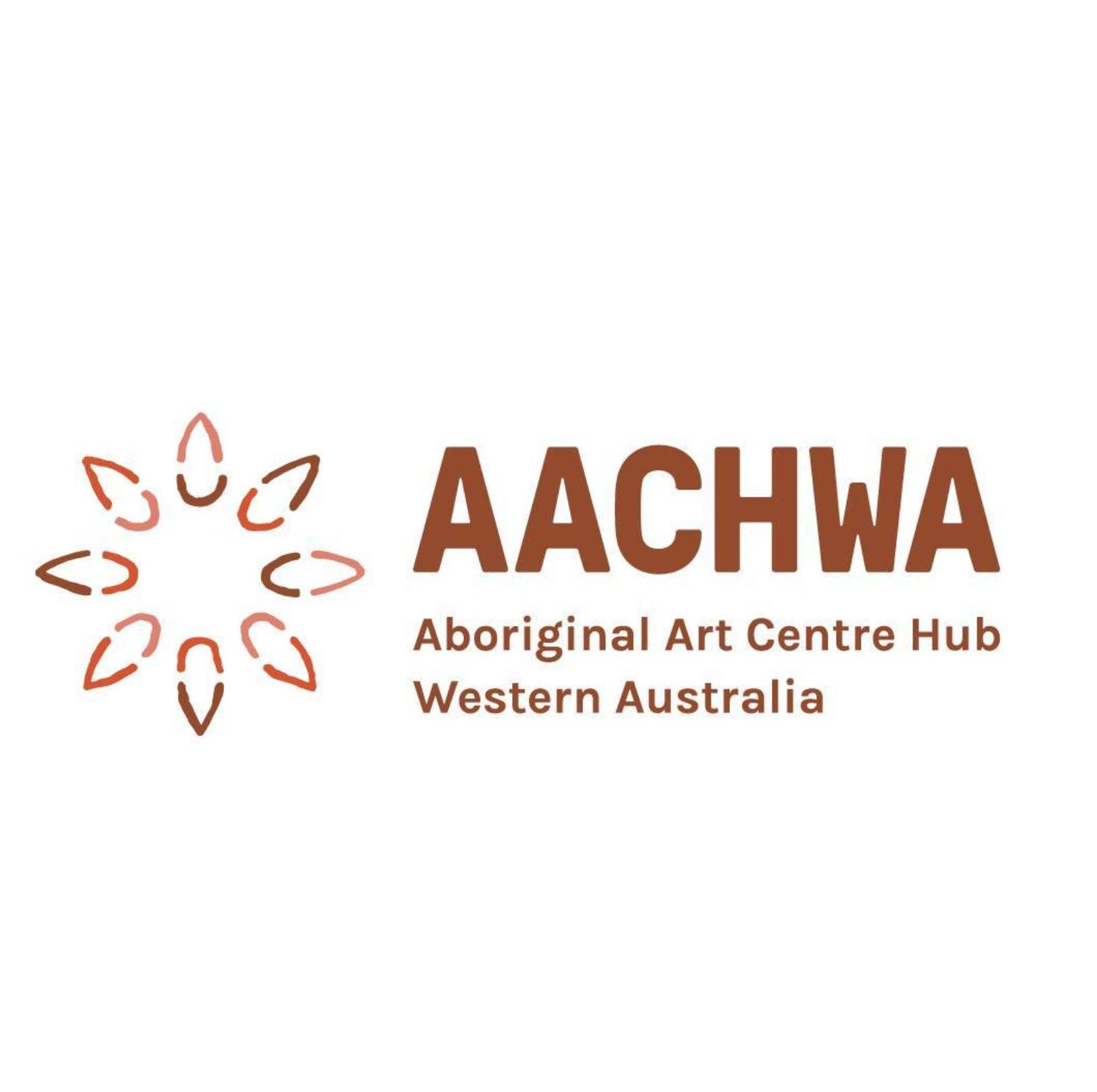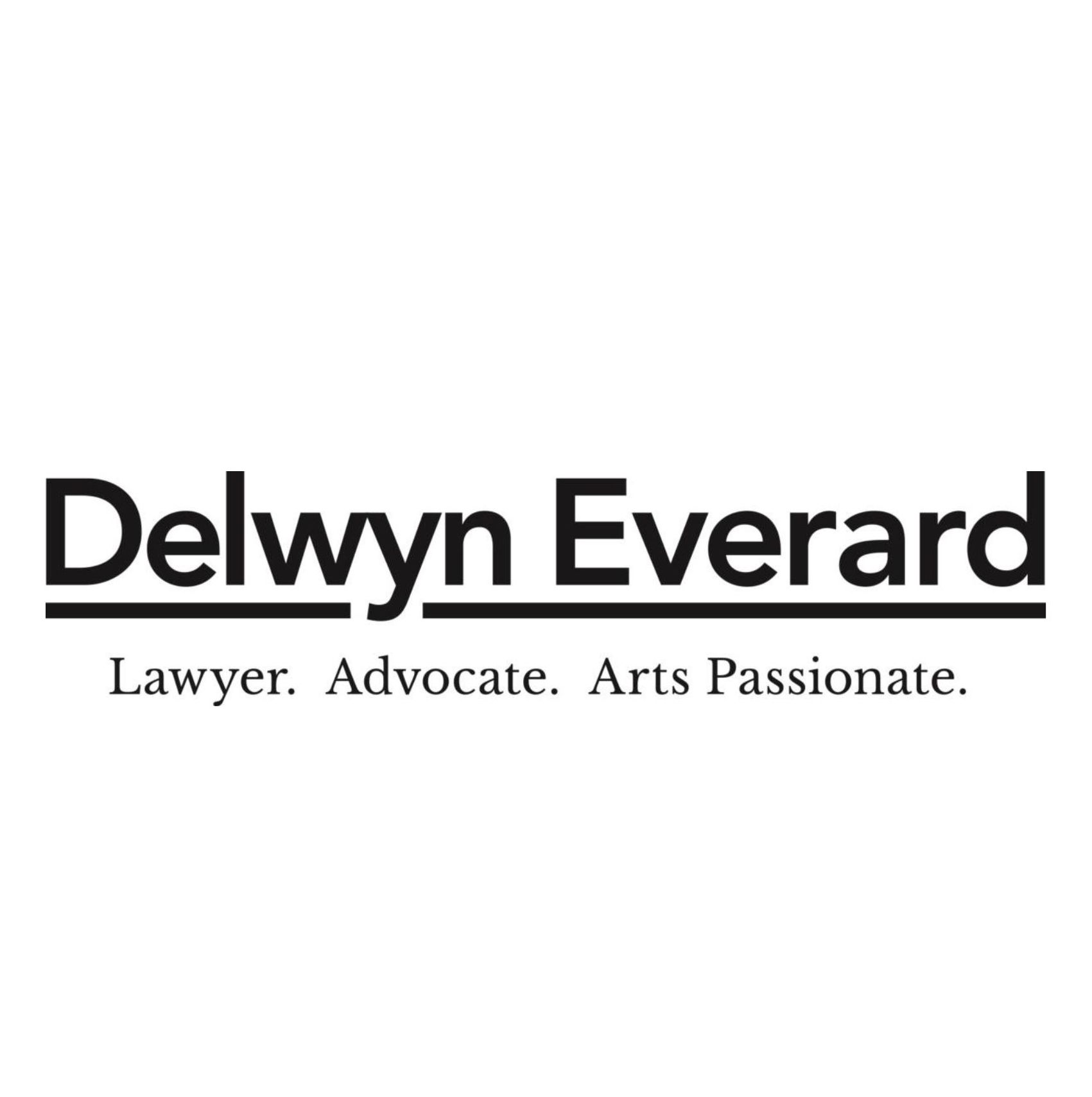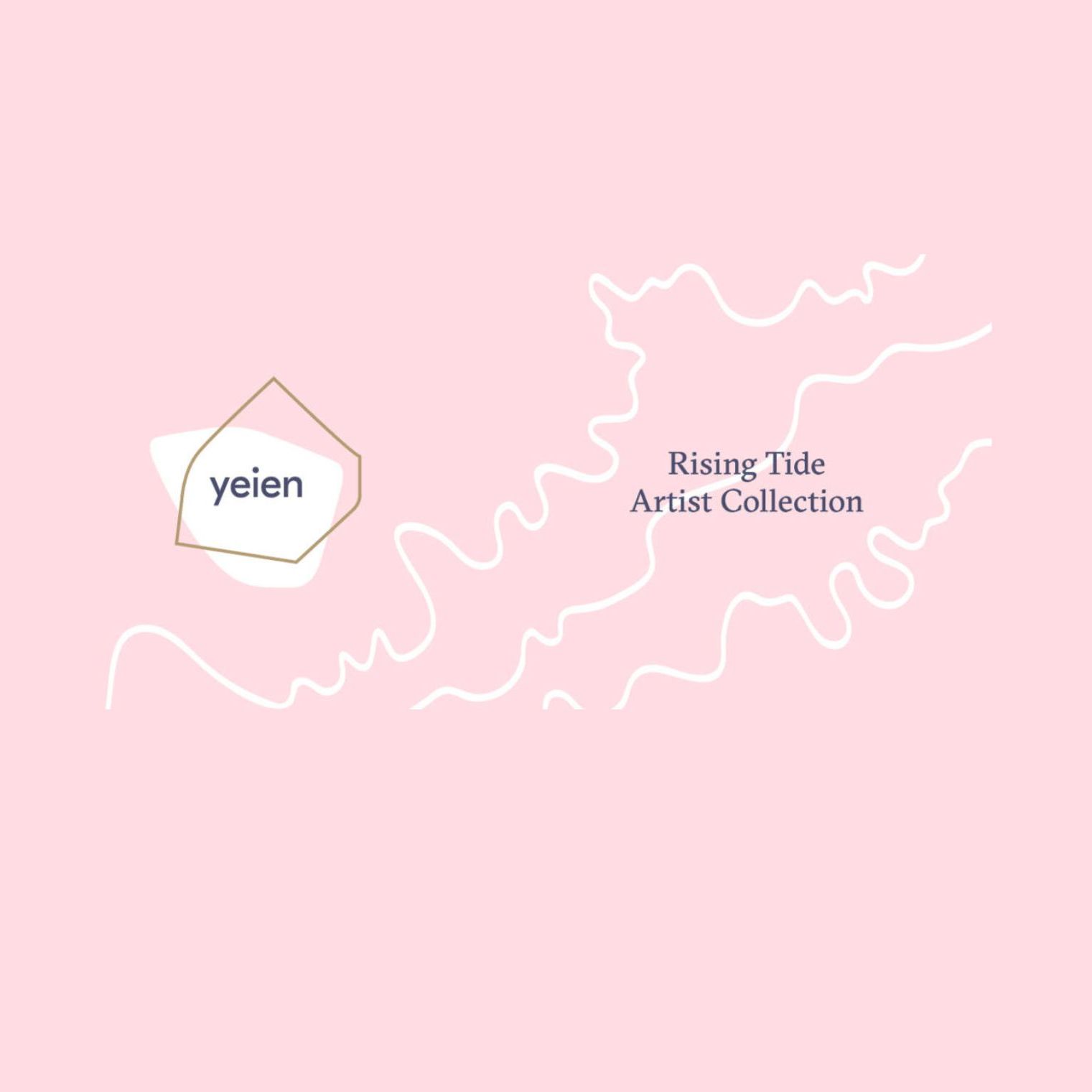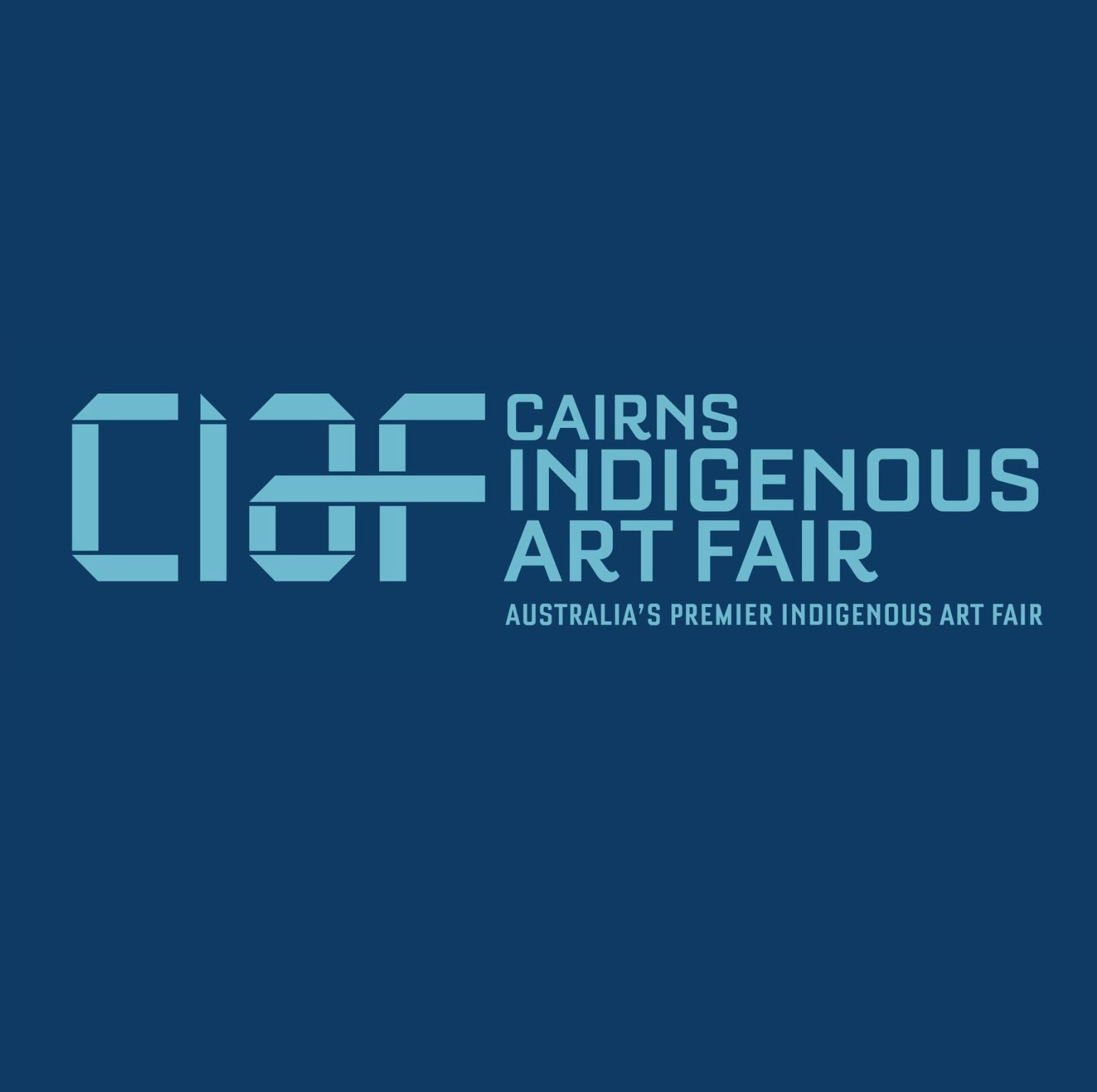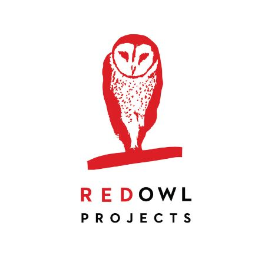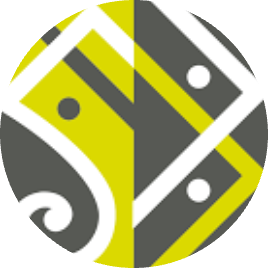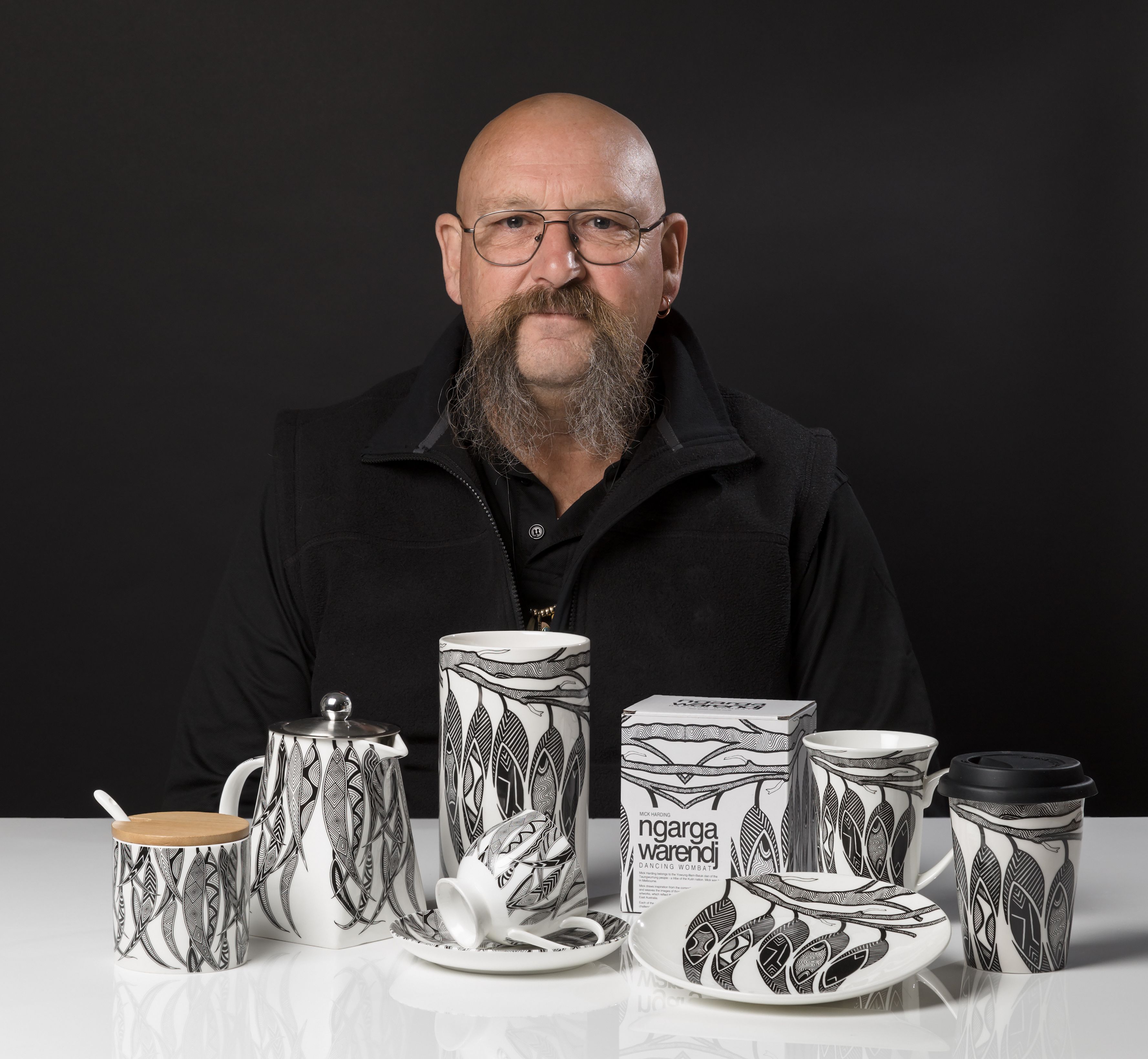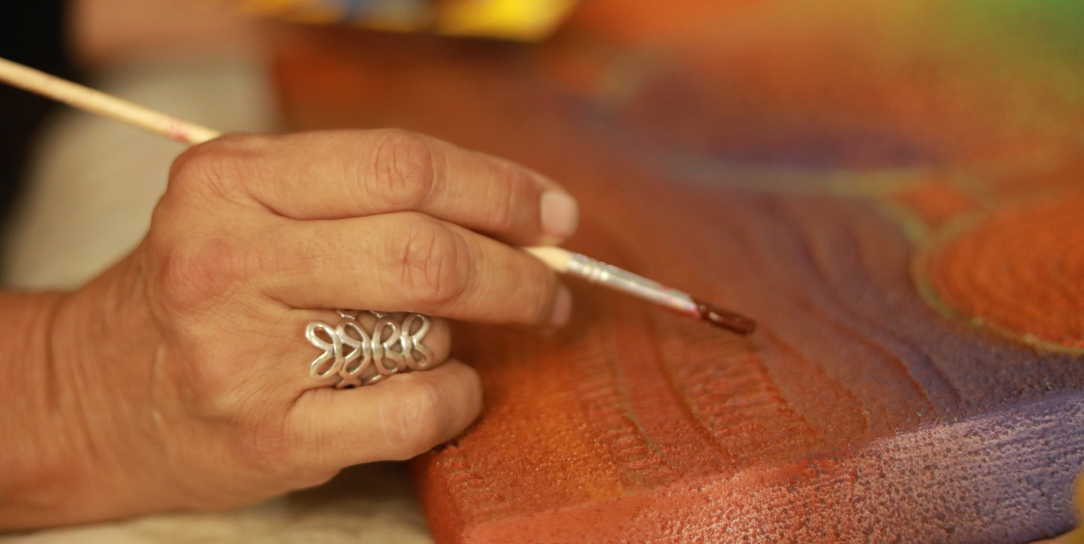“Purchasing Aboriginal and Torres Strait Islander art can be intensely rewarding, you feel connected to this country, to the landscape, to the oldest living culture on Earth. Buying art can also seem to be a minefield of potential ethical issues to the uninitiated, it’s important to know we have had no part in the exploitation of Aboriginal artists.”
- Claire G. Coleman
In 2020, the Indigenous Art Code commissioned Noongar writer and arts advocate Claire G. Coleman to write an essay exploring the nuances of the Indigenous visual art market, looking at the various ways art travels from artist to consumer.
Seven Stories about You speaks directly to the consumer, asking you to consider the role you have to play in ensuring artists get a fair go and are able to maintain agency in their arts practice and commercial arrangements. Like much of Coleman’s writing, she also asks the reader to consider Australia’s history, ongoing colonisation and the resulting power imbalances that exist between Indigenous and non-Indigenous people.
